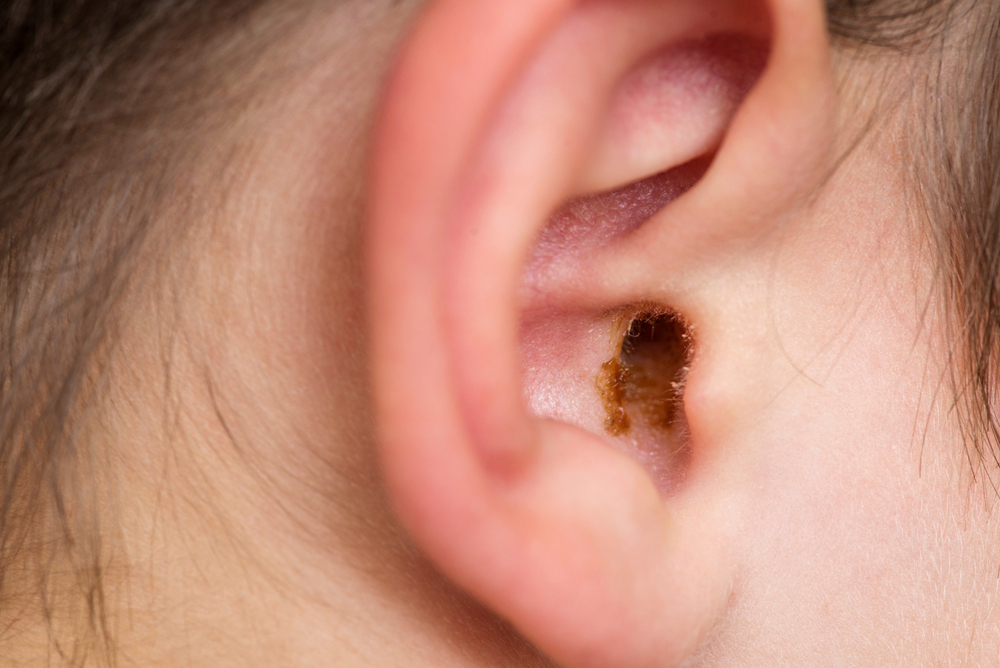
You probably don’t give much thought to earwax buildup unless you’re in the process of clearing it out. However, understanding what causes earwax, how it develops, and its purpose is crucial.
What causes the buildup of earwax?
Earwax, technically called cerumen, is a thick combination of debris, hair, skin particles, sweat, and ceruminous gland secretions. Earwax will appear as a waxy substance that will typically be yellow, orange, brown, or even grey.
While the production amount of earwax differs from individual to individual, adults usually produce less earwax than kids. Furthermore, adult earwax tends to be darker and harder compared to that of kids.
Earwax passes the outer ear canal leisurely, eventually reaching the ear opening, where it either self-expels or gets washed away when you bathe.
Why is earwax important?
Earwax serves several crucial functions, such as:
- Fending off possible infections that may occur within the ear canal.
- Safeguarding and moisturizing the skin lining the ear canal, thereby preventing dryness and itchiness.
- Before things like dust, dirt, or other external debris go further up into the ear canal, earwax acts as a roadblock.
Earwax obstructions
Typically, there’s no critical need to clean out earwax from your ears unless it becomes impacted, a prevalent issue associated with earwax. Impacted earwax can be the result of narrow or unusually shaped ear canals hindering the normal movement of earwax toward the ear’s opening.
Wax can be unintentionally crammed up into the ear canal by utilizing poor cleaning practices like using cotton swabs.
People grappling with hearing loss who use earplugs or hearing aids are also predisposed to experiencing ear canal obstructions.
How too much earwax can affect hearing
The occurrence of earwax blockages might yield mild discomfort and impact auditory health.
Additionally, considerable accumulations of earwax can induce tinnitus, a sensation of ringing in the ears.
Neglected earwax obstructions might intensify into middle ear infections, perforated eardrums, or enduring hearing loss as a result of acoustic trauma.
Dealing with impacted earwax
Should you suspect an earwax blockage, consulting us immediately is essential. Depending on the extent of the obstruction, you might be advised to use over-the-counter wax softening drops or a bulb syringe for gentle irrigation to alleviate the condition.
If you’re concerned about your earwax buildup, call us right away to schedule an appointment.
